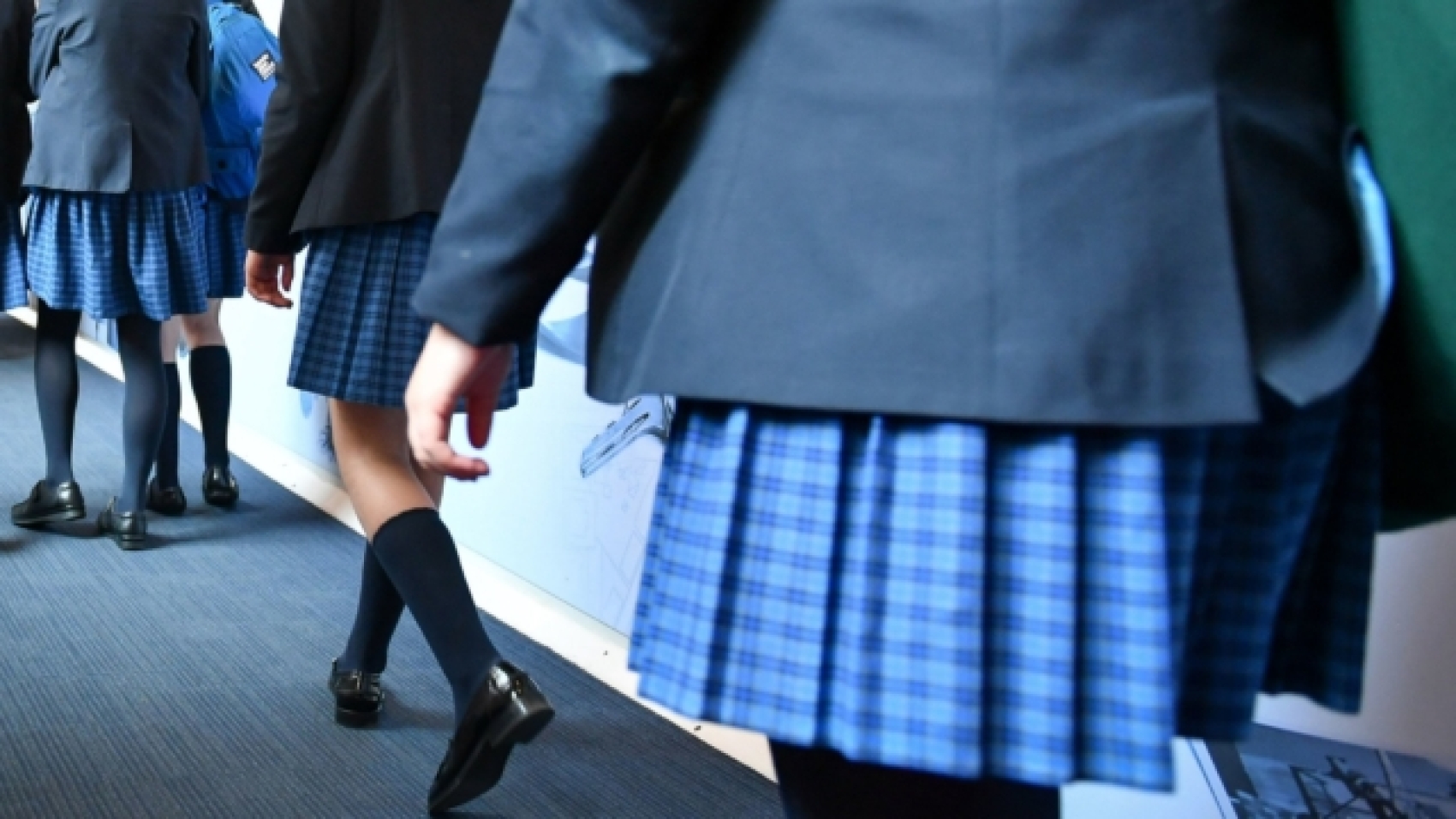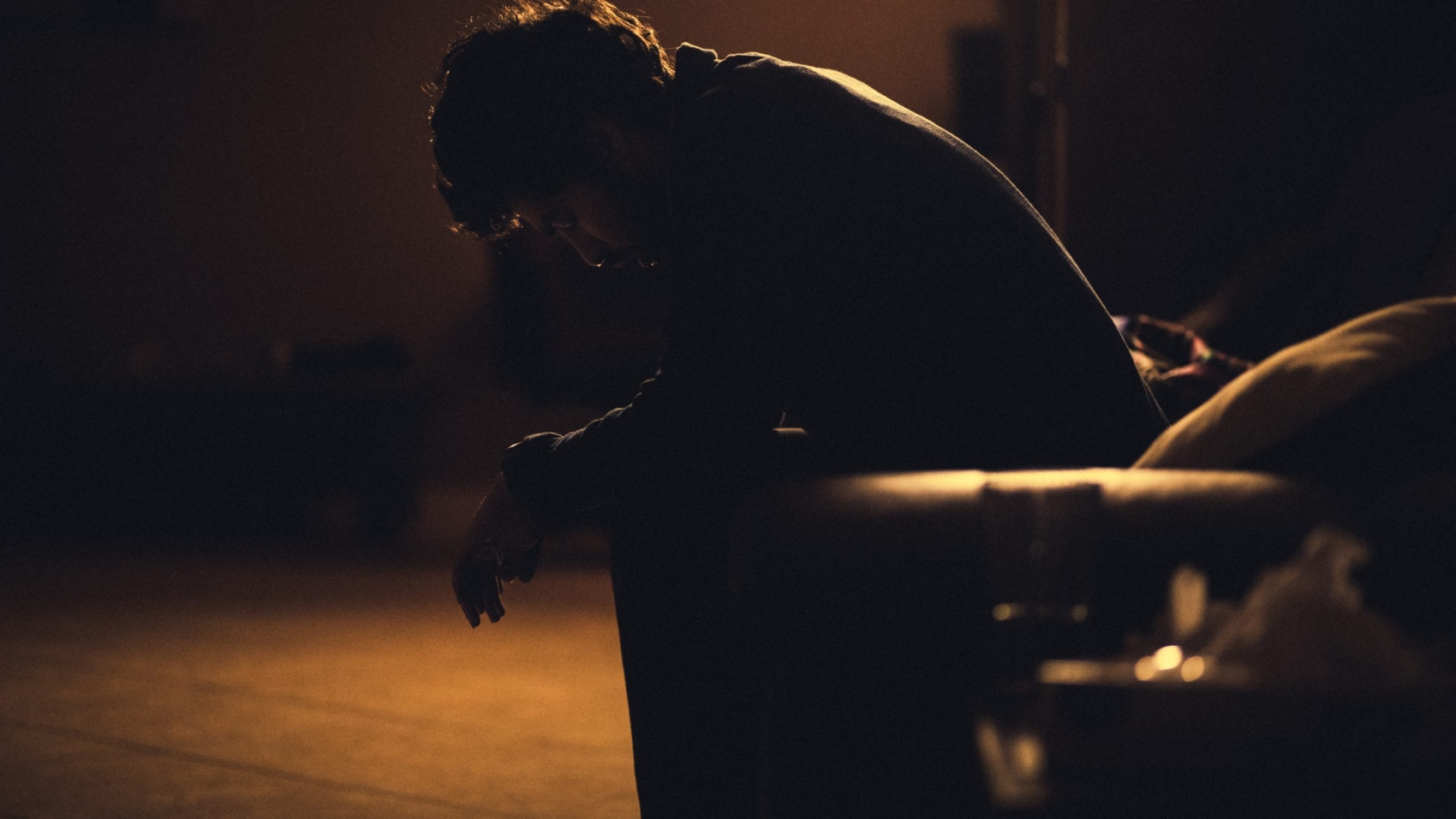- City Hall is funding hundreds of positive activities to support thousands of young Londoners during the holidays and beyond
- London’s Violence Reduction Unit, the first of its kind in the country, is investing £3m specifically to support communities and provide a mentoring package for young people through this summer and into new school term
The Mayor of London, Sadiq Khan, has today set out a comprehensive package of measures to support communities by funding hundreds of positive activities and opportunities for young Londoners in the capital this summer.
With fears of a surge in youth violence, as restrictions are lifted across the city and schools break up for the summer holidays, Sadiq is determined to tackle violence and ensure young Londoners continue to be supported with a range of positive opportunities so they can gain confidence, have fun and stay safe.
London’s Violence Reduction Unit (VRU), England’s first and set up by the Mayor, is investing £800,000 to mentor young people in Pupil Referral Units, both during the summer and into the new academic year. A further £1m of funding, through the London Community Response Fund, will deliver a programme of mentoring and support activities for 4,000 young people.
Alongside this, the London VRU has launched the Stronger Futures Programme – a targeted programme aimed at funding community-led groups across London with £1.2m of investment to support vulnerable young Londoners by providing them with opportunities and support in the hours following school and at weekends. The programme will begin next month.
The Mayor is committed to driving down violence in the capital by continuing to be both tough on crime and tough on the causes of crime. This includes supporting more than 300 projects with £70m of funding from City Hall. Overall, this work is creating positive opportunities for more than 110,000 disadvantaged young Londoners.
This summer the Mayor’s investment will provide activities for around 5,000 young people – from dance, theatre and music, to basketball, angling and horse-riding. Londoners can find activities on City Hall’s interactive Our London Map by searching for their borough or by activity. Much of this investment is targeted in the wards at higher risk of violence, and with higher levels of poverty and deprivation.
The Mayor has worked closely with the Met Police, communities and criminal justice partners to put together a comprehensive plan in place to improve the safety of young people in the capital this summer. This includes targeted enforcement of violent offenders, combined with support to help divert people away from crime and a programme to provide positive opportunities for young Londoners.
Today, Apple is launching a free summer programme centred around music and radio production for young Londoners lacking in opportunity in communities underrepresented in the industry. Apple Creative Studios London, delivered in partnership with City Hall, aims to enable young Londoners to “unlock their creativity” within their communities. Throughout a four-week period, the full-time programme will offer hands-on experience in professional studio settings and mentorship from renowned artists in the radio and music industries.
This latest programme builds on the Mayor’s partnership with Apple to help young people gain the skills they need to get the jobs of tomorrow, while also ensuring they have something constructive and safe to do during the summer holidays.2
The Mayor today visited the Dream, Believe, Succeed project, delivered by Edmonton Community Partnership with funding through London’s VRU. The partnership is an alliance of 19 schools, community organisations and local young people. It provides prevention and intervention programmes to children and young people between 10 and 16 who are either at risk or involved in violence.
The Mayor of London, Sadiq Khan, said:
“I’m determined to tackle violence in London by continuing to be both tough on violent crime and tough on the root causes of violent crime. There will be an increased police presence this summer in the areas of London worst affected by violence, but we know we will never simply be able to arrest our way out of the problem. That’s why, working with communities across our city, we’ve created thousands of new positive opportunities for young people so they have somewhere safe to go this summer, where they can make the most of their talents.
“With lockdown restrictions now lifted and schools breaking up for the holidays, it’s more important than ever that we work together to ensure we don’t see a rise in violence over the summer months. This means supporting our young people, diverting them away from crime and giving them opportunities to thrive.
“City Hall and London’s Violence Reduction Unit, the first of its kind in the country, is investing in hundreds of programmes – from mentoring and support for families, to sport, music and performing arts. Our city is brimming with opportunities for young Londoners this summer and beyond and I would encourage people to get involved.”
Lib Peck, Director of London’s Violence Reduction Unit, said:
“London’s Violence Reduction is committed to putting young people at the heart of everything we do. Our focus is on supporting families and communities to make them more resilient and to provide positive opportunities to help young Londoners build confidence and to thrive.
“We know the importance of role models to young people and that’s why we’re investing in mentoring to provide support both in school, after school and during the summer holidays. I’m also pleased that we have launched a new targeted programme to provide support for young Londoners that are vulnerable to violence with series of opportunities and support in the hours following school and at weekends.
“We firmly believe that violence is preventable and not inevitable, and the VRU will continue to place our focus and investment in working with communities and being a voice and a champion for young people in London.”
Rosemary Watt-Wyness, CEO of London Youth said:
“Youth clubs and positive opportunities have never been so vital for young Londoners. Having somewhere they can go this summer, where they feel safe, can learn new skills, in a youth organisation based in their local community, supported by youth workers they know and trust is critical for young people’s physical and mental wellbeing. Our member clubs have worked tirelessly over the past 18 months to keep their doors open to the city’s most vulnerable young people whilst operating within the changing guidance, providing support online where face to face activities were not possible. Keeping those supportive relationships ongoing has been a lifeline for so many.”
Trevor Blackman, Lead Partnership Manager for the Edmonton Community Partnership, said:
“With the funding from London’s Violence Reduction Unit, we’ve created a complete wrap-around service to support young people. Everything is connected. From the parents, the schools, our mentors and community and council partnerships, young people have been provided with much-needed support.
“This isn’t about ‘sitting them down and talking to them’. This is about fun activities that they engage with. It’s about having the opportunity to not fall into violent crime.
“It’s about feeling that you belong and have the support to do what’s right. Only by working in partnership, including leadership from our partnership of 19 schools, can we make this happen. Our Dream Believe and Succeed Project is providing real engagement and real support and creating something that’s really effective during and out of school time, including the summer holidays.”
Thom Palser, Spotlight Service Manager at Poplar HARCA said:
“Thanks to City Hall funding, Spotlight, in Tower Hamlets, will be focussing our free summer programme of activities around self-care and wellbeing following a difficult year for young Londoners. Programmes have been designed to provide young people opportunities to improve their well-being and happiness through acts of self-love and kindness. Sessions include dance, theatre, music, sports and fitness, inspirational talks and meditation as well as offering ongoing youth support, counselling and mentoring in a safe environment.
“Spotlight is also pleased to partner with Apple and Reprezent to deliver the Creative Studios LDN programme, giving young artists the opportunity to write and produce their own track under the guidance of top industry professionals and artists. Plus we will be supporting the artists to release their tracks and perform live on Reprezent radio. To find out more please visit wearespotlight.com.”
Notes to editors
1 You can use the Our London Map to find activities for children and young people in London and can search by postcode, town, borough, and activity.
https://www.london.gov.uk/our-london/#top
2 The programme starts during the school holidays and partners with youth-led radio station Reprezent 107.3FM in Brixton for those aged between 18-24 and Spotlight, a creative arts youth service based in Tower Hamlets, for those aged 16-25. The programme will provide career-building mentorship, access to creative resources and professional industry skills training.
3 The Stronger Futures Programme will enable community-led groups to support vulnerable young Londoners by providing them with opportunities and support in the hours following school, as well as at weekends in some cases. It will invest £1.2m in 20 projects across London. Grants of between £50,000 and £100,000 will be awarded, with an anticipated average size of c.£65,000 to be fully spent by August 2022. This funding is designed specifically for groups and organisations in London which can demonstrate a track record of working with vulnerable young people who are either at risk or have been involved in violence. Stronger Futures Programme 2021/22 ⋆ rocketsciencelab.co.uk
SOURCE: https://www.london.gov.uk/press-releases/mayoral/mayor-invests-in-activities-for-young-peoplehttps://www.london.gov.uk/press-releases/mayoral/mayor-invests-in-activities-for-young-people












